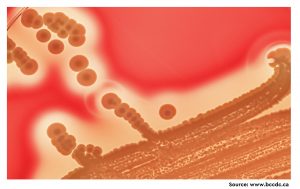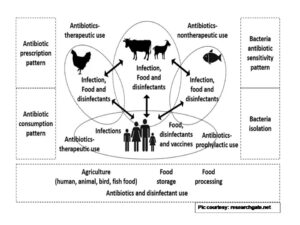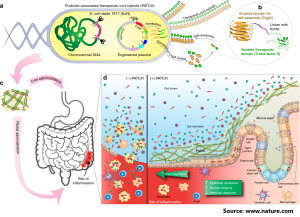The food chain has been considered a major vehicle for the dissemination of antibiotic-resistant bacteria. It has been shown that antibiotic-resistant genes can be transferred in the human gastrointestinal tract, consuming food containing antibiotic-resistant bacteria may promote the transfer of resistant genes to human pathogens in the gut. Therefore, antibiotic-resistant bacteria could accumulate and transform humans into an “antibiotic resistance gene bank”, posing a great threat to humans.
This fact arises the need for processing the food through various techniques such as frying, heating, marinating, and baking in order to make it safe for consumption. During processing and storage of the food, the bacteria might encounter with various physical and chemical stresses (e.g., acids, oxidants, osmosis, heating, freezing). Luckily, these methods for processing can efficiently inactivate pathogens and extend the shelf life of foods, hence ensuring food safety to a certain extent.
However, it has been observed now that the resistance of the bacteria can also make it efficient to survive under extreme conditions or vice versa. Therefore, the relationship between Heat and antibiotic resistance, cold, osmosis, and nonthermal technologies like ultrasound, high pressure, pulsed electric field, irradiation, ultraviolet light, nonthermal plasma, etc need to be studied. This adverse situation will pose a huge potential risk to food safety and human health.
The authors of the present review arciel have made an effort to recognize the molecular mechanisms underlying cross-protection between antibiotic resistance and other stress tolerance. A better understanding is required to reveal the behavior of bacteria linking antibiotic resistance and tolerance to food-associated stresses.
To read more, please visit the website of Trends in Food Science & Technology (Link)







